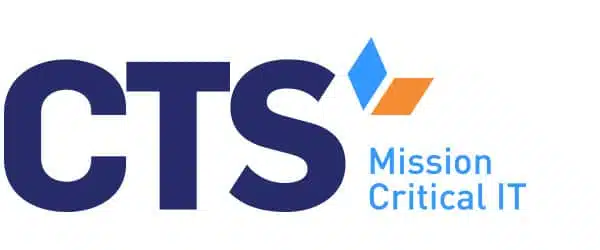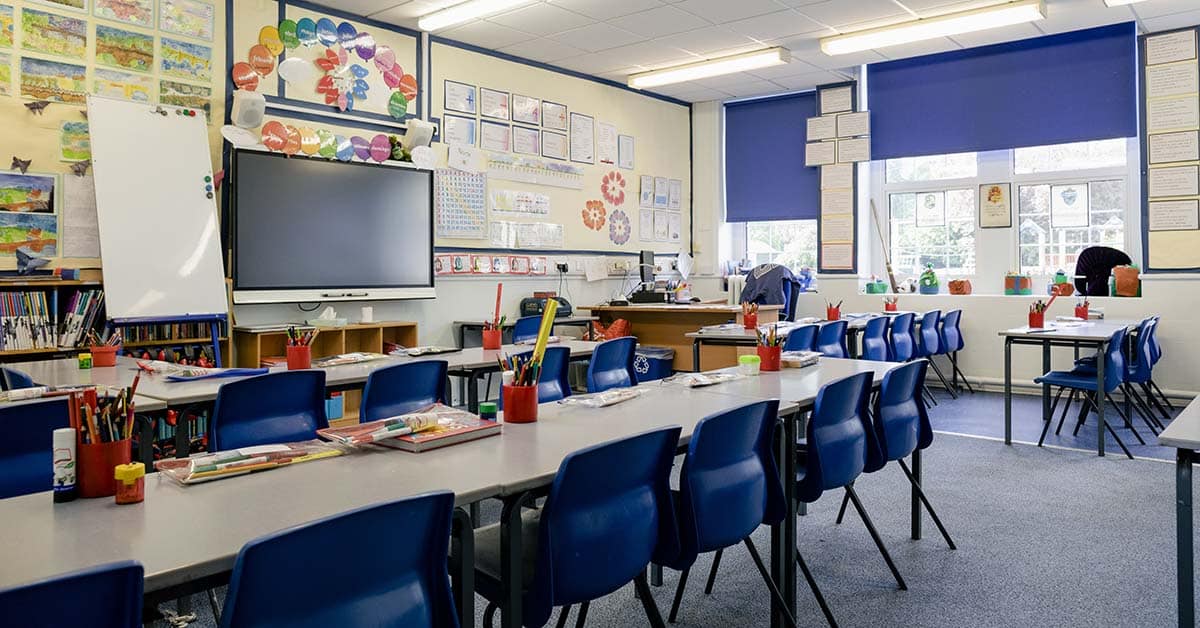The classroom of 2025 is no longer confined to chalkboards and textbooks; it’s a dynamic, interactive environment fueled by AV technologies.
From interactive whiteboards that foster student participation to video conferencing solutions enabling remote learning, schools are rapidly adopting audiovisual (AV) systems to enhance education. Selecting the right AV technology solutions is key to transforming your school into a dynamic learning environment–but where do you start?
This article explores the transformative role of AV system technology in education, the latest trends, and how schools can leverage advanced AV solutions to create engaging learning spaces.
What is AV Technology?
AV technology encompasses tools that combine sound and visual elements to enrich communication and engagement. In schools, this translates into high-quality AV systems that elevate traditional teaching methods. For instance, audio and visual aids like digital signage solutions convey important messages across campus, while video conferencing systems bridge the gap for hybrid and remote learners.
How AV Technology Solutions are Used in Education
Enhancing Student Learning
Interactive whiteboards and video walls are game-changers in the classroom. These tools allow teachers to present lessons interactively, fostering deeper student involvement. Whether it’s annotating live documents or exploring 3D models in science class, these audiovisual systems turn abstract concepts into tangible experiences, making learning more memorable.
Enabling Hybrid and Remote Learning
AV technology solutions like video conferencing systems and sound systems ensure that remote students remain engaged and connected. Clear visuals and superior sound quality create a seamless experience, regardless of the student’s location. Schools are adopting AV projects to implement reliable audiovisual systems that maintain teaching standards across physical and virtual spaces.
Supporting Inclusivity and Accessibility
Advanced audio visual technology promotes inclusivity by providing tools like real-time captioning and translation for students with hearing or language barriers. These systems enabling equitable learning ensure that all students, regardless of their abilities, can fully participate and thrive.
Emerging AV System Technologies for Schools in 2025
Immersive Learning: AR and VR
One of the most significant trends in AV technologies is the integration of augmented and virtual reality. These tools turn lessons into interactive adventures, from exploring ancient civilizations to conducting virtual lab experiments. Paired with high-quality sound systems, AR and VR create a fully immersive experience that boosts engagement and comprehension.
AI-Powered AV Systems
AI integration is transforming AV system technology by automating repetitive tasks and personalizing learning experiences. For example, AI-enhanced audio and visual tools can adapt content to suit individual student needs, making lessons more effective. AI-driven control room solutions also ensure optimal sound quality and video clarity in hybrid and remote learning setups.
Digital Signage and Video Walls
Digital signage solutions are becoming staples in schools, providing a dynamic way to share updates, announcements, and emergency alerts. Additionally, video walls in auditoriums or libraries deliver impactful presentations and multimedia content, fostering a more engaging educational atmosphere.
The Benefits of AV Solutions in Student Education
Boosting Student Engagement
Engaging students has never been easier with interactive whiteboards and high-quality AV systems. These technologies allow for dynamic, hands-on learning that captures students’ attention and enhances retention. For example, multimedia presentations enriched with audio visual technology make lessons more engaging and memorable.
Reducing Teacher Workloads
Teachers benefit from AV equipment that simplifies lesson planning and delivery. Automated systems, such as AI-driven control room solutions, allow educators to focus more on teaching and less on troubleshooting technical issues.
Enabling Personalized Learning
Advanced audiovisual systems cater to different learning styles, allowing students to absorb information in ways that work best for them. Visual learners benefit from rich graphics on video walls, while auditory learners thrive with superior sound quality from optimized sound systems.
Improving Collaboration and Communication
Video conferencing systems and digital signage solutions foster seamless communication among students, teachers, and parents. These tools also enable collaborative projects across different locations, turning every meeting room into a hub for innovation.
Learn more: Ensuring School Resilience: How to Prepare for an Outage
Overcoming Challenges when Adopting AV Technology
Budget Constraints
For many schools, limited budgets make investing in high-quality AV equipment difficult. Prioritizing needs, exploring grants, and working with an experienced AV integrator can help schools implement cost-effective AV solutions that deliver long-term value.
Lack of Technical Expertise
Introducing new AV systems often requires technical training for staff. Educators and IT teams need to understand how to operate and troubleshoot devices like interactive whiteboards and video conferencing systems. Comprehensive training programs and ongoing support from a trusted system integrator are crucial for successful adoption.
Technical and Maintenance Issues
Regular maintenance of AV equipment is vital to ensure consistent performance. Partnering with an experienced AV project team for proactive maintenance can minimize downtime and avoid disruptions during classes or school events.
Cybersecurity Risks
As schools integrate more connected AV systems, cybersecurity becomes a top concern. Safeguarding control rooms and networked AV devices from breaches requires advanced security protocols and expert guidance from a trusted AV system technology provider.
Implementing AV Technology: Choosing the Right Solutions
Assess Your Needs
Start by evaluating your current setup and identifying gaps in your current systems. Consider factors like class size, lesson formats, and the need for tools like video conferencing solutions and interactive whiteboards.
Focus on Scalability and Compatibility
Invest in AV technologies that are future-proof and scalable. Ensure your AV equipment can integrate with existing tools and adapt to future upgrades.
Set a Realistic Budget
Define a budget that balances affordability with quality. Work with an AV integrator to prioritize essential solutions while exploring cost-saving options, such as leasing AV equipment or accessing educational grants.
Partner with a Specialized Provider
Outsource to an experienced system integrator for expert recommendations, and seamless installation and integration. A managed service provider (MSP) that specializes in educational technology support will tailor AV systems to your school’s specific requirements, ensuring all components—from sound systems to control rooms—work in harmony.
Learn more: How Managed IT Services Improve Operational Efficiency
Empower Your School with the Right AV Tech
By carefully implementing the right audio and visual tools, schools can create a forward-thinking educational environment that fosters collaboration, inclusivity, and student success.
At CTS, we specialize in designing and implementing IT solutions for schools that enhance both teaching and administration. From initial planning to ongoing support, our expert team provides comprehensive services to transform educational environments.




